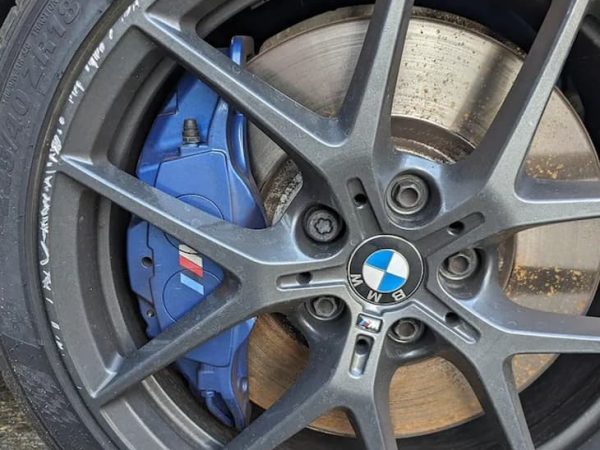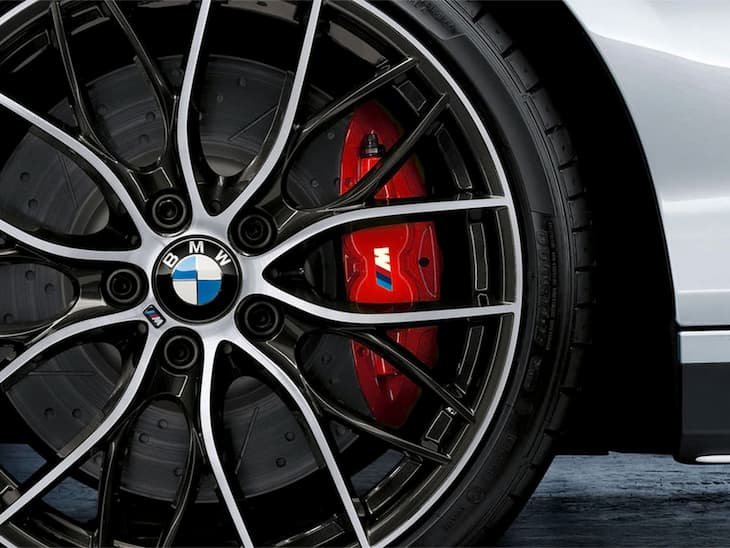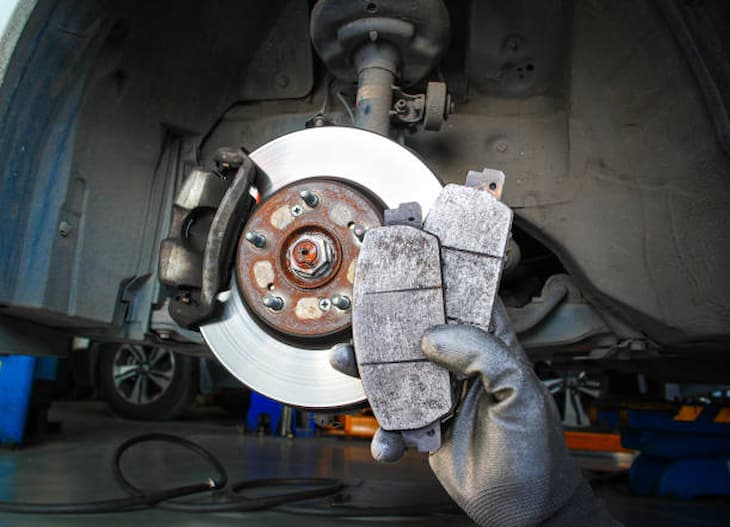27
May

It’s no coincidence that BMW is Australia’s best selling luxury import. From the X-Series SUV’s seamless combination of luxury and performance, to the ultra-high performance M-Range coupes and sedans, BMWs are engineered for precisely the kinds of wide open stretches of highway that Australia has to offer.
It’s also no surprise that with almost every M-Range model, and a majority of xDrives, as well as X- and Z-Series vehicles capable of topping 260km/h, brake wear is an ever-present concern. Consistent, reliable stopping power is all that prevents a well-controlled ride in one of these Bavarian engineered gems from disintegrating into a braking experience that’s catastrophically unpredictable. This is why BMW owners need more than a casual understanding of the dynamics behind proper braking, as well as a simple guide to what’s available when it comes to brake pads.
It’s a fact: as impressed as BMW engineers are with their ability to build some of the fastest regular production cars on the planet, they’re under any illusions about the level of reliability that’s expected from their braking components. This includes replacement parts, where nothing’s more important than for owners to insist on the highest quality replacement BMW brake pad sets available. There’s no room for ambiguity regarding their performance or reliability, which is why only OE-standard aftermarket replacements should ever be trusted for the safest possible braking.

When it comes to front and rear brake pad combinations, it’s important to remember that a vehicle’s braking distance – the distance traveled between the time its brakes are applied and the spot where it comes to a complete stop – isn’t a static value. Variations in everything from air and road temperature, to tyre conditions and the amount of pressure being applied at the pedal all mean that brake performance can fluctuate from one curve to the next. And with spikes of up to 2000psi of brake pressure applied in extreme situations, the burden of overcoming all of these braking variables falls entirely on the brake pads.
High temperature/high friction BMW brake pad sets are engineered to withstand the intense operating conditions created by these severe duty braking systems, and are distinguished by a range of specs and features that include:
Between their high-tech engineering, and range of heat and pressure resistant materials, OE-standard BMW brake pads for sale have everything that’s needed to deliver the fully responsive slowing and stopping power that’s critical for these blisteringly fast automobiles. And where outfitted as an OE option, premium quality aftermarket brake pads for a BMW are also equipped with brake pad sensors. It’s the high-end assurance that BMW builds into all of their high performance vehicles, giving them instant notification that their brake pads are in need of attention.
With a showroom lineup brimming with some of the hardest accelerating vehicles ever manufactured, BMW’s visceral performance makes it easy to ignore the signs that their brakes could need attention. And while front wheel brake sensors and mileage counters are central components in BMW’s Brake Pad Warning System, they’re not substitutes for a driver’s ability to recognise when it’s time to replace pads.
The behind-the-wheel warning signs that a car’s brake pads are perilously close to needing replacement are unmistakable, and they include:
Make no mistake: while periodic vehicle inspections aren’t mandatory in all states, it behooves anyone who owns one of these incredible machines to develop their own brake pad reliability inspection process – especially if they do any type of motorsport park driving. Owners should visually inspect their brake pads occasionally, have them professionally checked regularly, and only buy BMW brake pads and maintenance parts that are engineered for the highest levels of performance.
BMW owners should also familiarise themselves with the best steps to avoid excessive brake pad wear. They’re arguably the most important consumable parts on any high performance vehicle, and it only takes a few simple protective practices to help extend their lifespan and their reliability.
From their 8-speed M-Range sport transmissions, to their massive >500kW outputs, it’s no secret that only a few regular production vehicles are designed to deliver the performance or the driving confidence that a BMW can. These gems of precision engineering are as comfortable on The Bend or the Eyre straight as they are on the autobahn, but there are few driving precautions that need to be taken to allow their braking systems to perform better, longer:

Ultimately, any action leading to excess heat or friction is bad news. A little prevention goes a long way though, which is why it’s so important to start with the best BMW brake pads Australia has to offer.
At the end of the day, BMW’s reputation for being the ultimate driving machine isn’t only deserved because of their high speeds. Their ability to go fast is second only to their ability to slow down; and that comes down to the quality of the brake pads. High quality, OE-standard replacement brake pad sets are built to handle the intense temperatures and pressures generated when slowing these amazing machines down. They’re an investment in high performance safety that’s well worth making.